Geeks’ pursuit of drones is endless. In addition to requiring a lightweight design and ultra-long endurance, the most important aspect is to have an intelligent ‘brain’. Ideally, this intelligent brain should excel in performance, capable of deep learning, while also being compact and easy to mount due to its physical size. This has led to the rapid development of artificial intelligence applications on embedded platforms.
Two Major Challenges of Embedded AI

Limited Computing Resources. Currently, artificial intelligence requires deep learning for visual processing, speech recognition, and natural language processing. However, neural network parameters are generally quite large, with networks reaching hundreds of layers being common, consuming a significant amount of memory. Optimizing the data volume of the network without losing data accuracy is one of the key challenges of embedded AI.
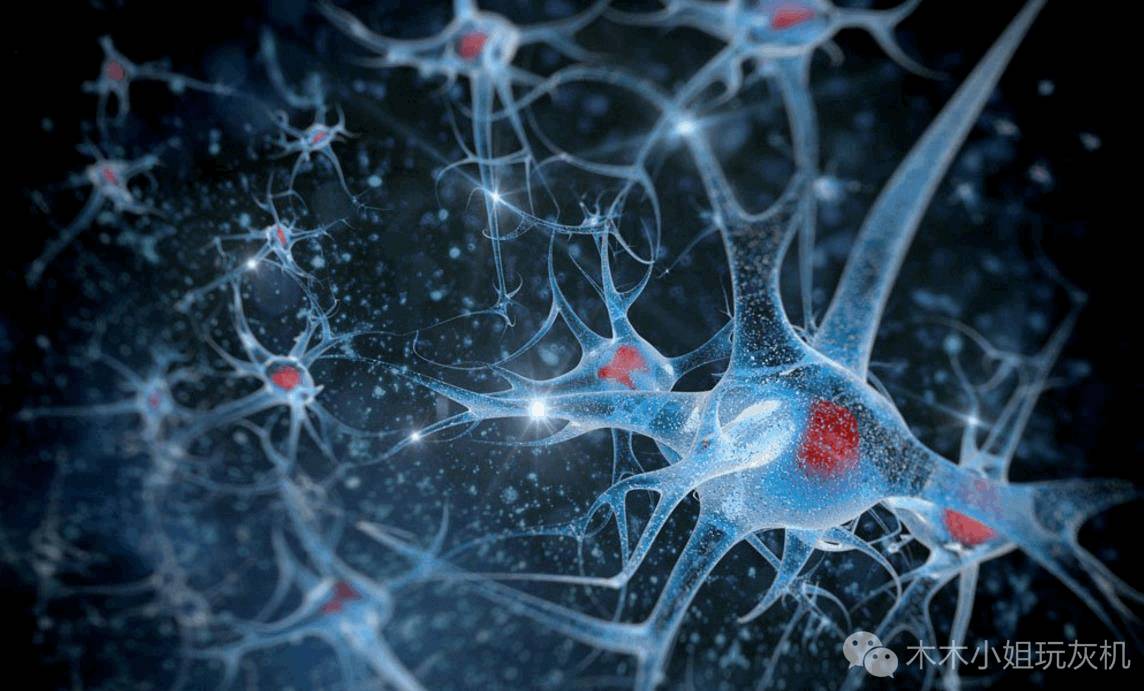
Limited Computing Power. The computing power of embedded platforms cannot compare with traditional PCs. For example, convolutional neural networks (CNNs), commonly used in deep learning, can solve most image processing problems. However, the computation time for the convolutional part accounts for more than 70% of the total computation time. Thus, optimizing computing power is also an urgent issue to address.
Embedded AI Platforms

How to tackle the challenges of embedded AI? NVIDIA provides the answer. In recent internationally renowned hardware innovation events, we have seen many impressive AI robots and drone cases that applied deep learning technology. They all have one common point — NVIDIA Jetson TX1.
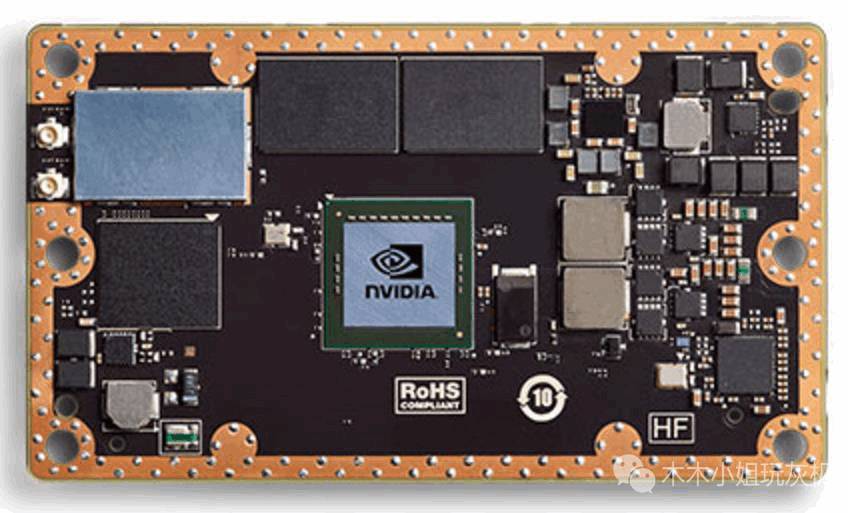
Jetson TX1 is NVIDIA’s second-generation embedded platform developer kit. Although it is only the size of a credit card, the floating-point computing capability of the Jetson TX1 GPU module reaches 1 Teraflops. This AI supercomputer uses the NVIDIA Maxwell™ architecture, with 256 NVIDIA CUDA® cores and a 64-bit CPU, 4GB LPDDR4 RAM (with a bandwidth speed of 25.6Gbps), 16GB local storage module, 802.11 2×2 ac Wi-Fi solution, and a 1Gbps Ethernet port. It is also equipped with the Jetson TX1 developer kit for visual computing.
Because it fully supports CUDA and cuDNN interfaces, it is easy to port deep neural networks trained on a PC to the Tegra X1 embedded platform. In addition, TX1 also provides rich hardware interfaces, making it convenient to connect various hardware devices, including cameras and various sensors. NVIDIA also provides a powerful software toolkit for Jetson, as shown in the image below:
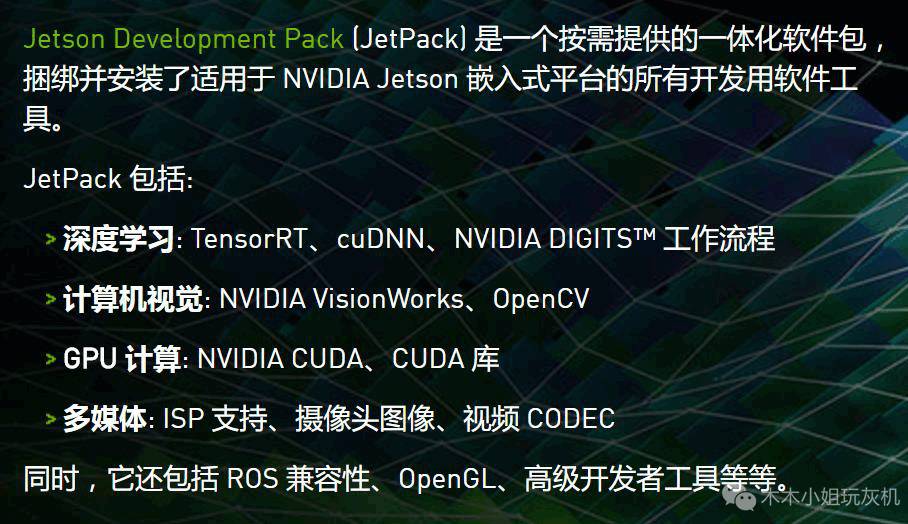
NVIDIA Jetson TX1 Application Examples

Dr. Zhao Kaiyong from the Computer Science Department of Hong Kong Baptist University has made some performance optimizations for convolutional computation based on Jetson TX1, including running the CPU, GPU, and memory at maximum frequencies, achieving collaborative scheduling of CPU, GPU, and memory. By optimizing GPU parallel computing, the goal of exchanging space for time is achieved.
A feature of NVIDIA’s GPU memory access, continuous merged access, can effectively utilize the hardware bandwidth. From an architectural perspective, optimizing IO access can significantly improve performance even if the number of cores has not increased much and the architecture has not changed much; simply adding cache between a few compute stream processors can lead to significant performance gains. The following image shows the classic GPU memory architecture and thread model.
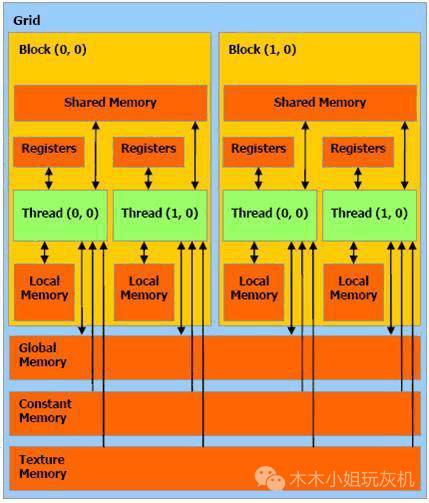
Intelligent Flying Machines (IFM) is a data analytics company that uses computer vision and robotics to automate warehouse data capture.
The Iris+ drone, powered by NVIDIA TrailNet deep neural network, successfully navigates forest trails with the help of computer vision and deep learning technologies.
Jetson TX1 has become the coolest equipment in the eyes of countless hardware makers. Currently, TX2 has also been launched, which not only supports all the features of the Jetson TX1 module but also supports larger and more complex deep neural network computations, undoubtedly impressing hardware makers even more.
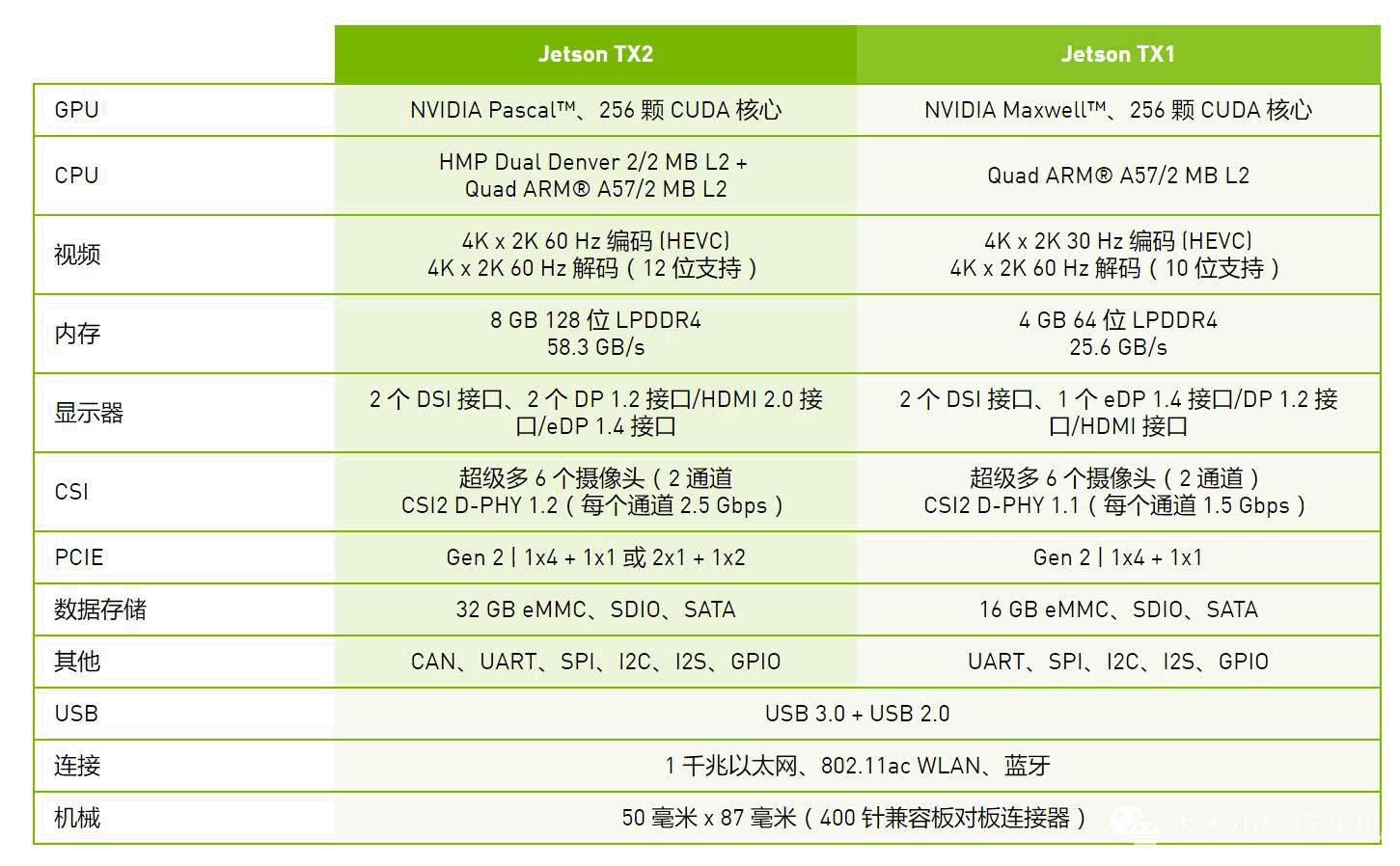
Text Editor: Zicai Jun
Images and Videos: Network

